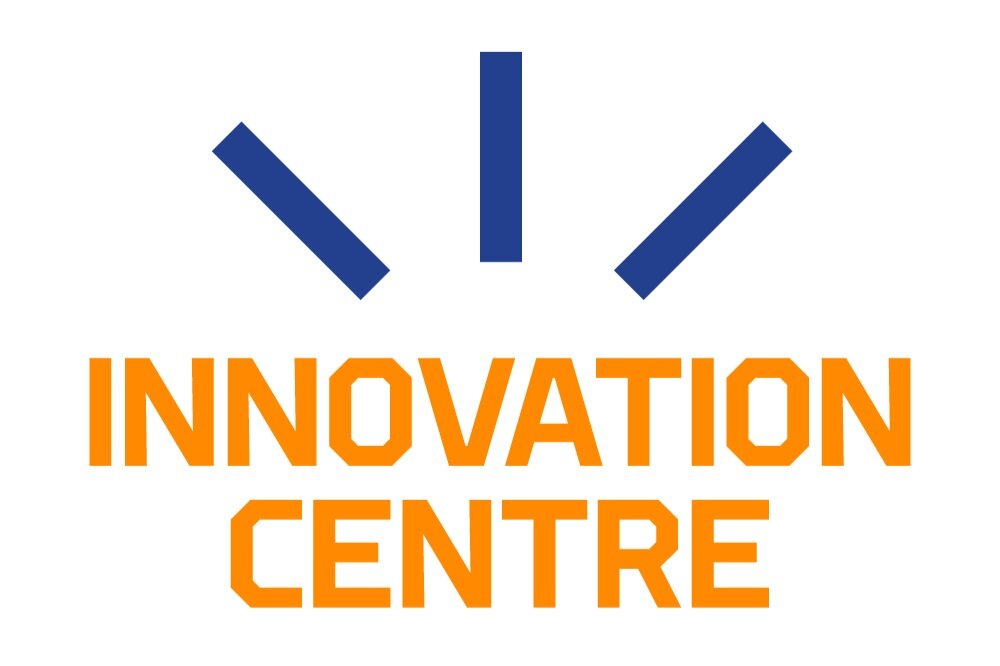The world needs new innovations to support the circular economy of textiles
Kirjoittanut Vilma Lehto
There was an exercise in the session where everyone was allowed to choose two of the pictures. The first card was intended to describe what kind of role one has in promoting the circular economy. The second card described the role of stakeholders (customers or the government, for example).
The theme of this year's University Business Forum was "Future proofing and future boosting", around which the four thematic sessions of the event had been built. Session number two focused on how to make the future of the fashion industry truly greener.
At the session, Sirpa Pietikäinen, Finnish member of the European Parliament, talked about the current situation in the world regarding textile waste. Most likely, all of us are aware of the situation: fast fashion is flooding through doors and windows, recycling processes are inefficient and rather polluting the world, and the manufacture of textiles is also burdening the earth.
Pietikäinen's presentation raised a variety of questions: how do you really get people to change their consumption habits and their way of thinking? How can companies be made to commit to change? Pietikäinen mentioned that in 2050 we will need the resources of three earths for the amount we consume. However, such threats do not seem to change people's way of thinking. Is the only way to make laws that prevent the current amount of consumption? Or what would be the solution to the situation?
"I would compare the situation to smoking. It used to be possible to smoke indoors, for example, but legislation has ensured that this is no longer the case. Perhaps the fashion industry needs to impose similar style constraints," Pietikäinen mentioned in her presentation.
Return deposit for textiles?
During the session, participants could brainstorm on how to make the fashion industry greener under the leadership of Fatima Khitous, Postdoctoral researcher at the University of Oulu. For example, thoughts arose about whether a deposit system similar to the one found in bottle returns could be attached to textiles. It was also suggested that a separate application could be developed for the repair of clothing. With the app, a broken product could be sent to someone who could fix it. This would extend the lifespan of the product and at the same time support local know-how.
In addition, the image that social media conveys about fashion and consumption sparked debate. Social media influencers wear different clothes in every picture or video, and their channels are also filled with shopping videos. What kind of consumer behavior does this signal, for example, to young people? If there is no opposite view, is the materialistic way of life seen as the norm?
New innovations are needed
What the university can do about the situation is innovate new. Solutions are needed for each stage of the textile life cycle: how materials are produced to make them reusable and recyclable, what kinds of solutions are found to the problems caused by transportation, what kinds of ideas change people's buying behavior, and so on.
What else can the university do to improve the situation, Fatima Khitous?
"I think it is important to organize these kinds of events. This is how we get people together to listen, discuss, and share insights.”
In her presentation, Sirpa Pietikäinen emphasised how supporting biodiversity must be a key factor in developing new innovations related to textiles.
Vilma Lehto
Viestinnän harjoittelija / Communications Intern
+358 50 305 5761
vilma.lehto@oulu.fi
Blogitekstit, uutiset, sosiaalinen media, tapahtumaviestintä.
Blog posts, news, social media, events communication.




